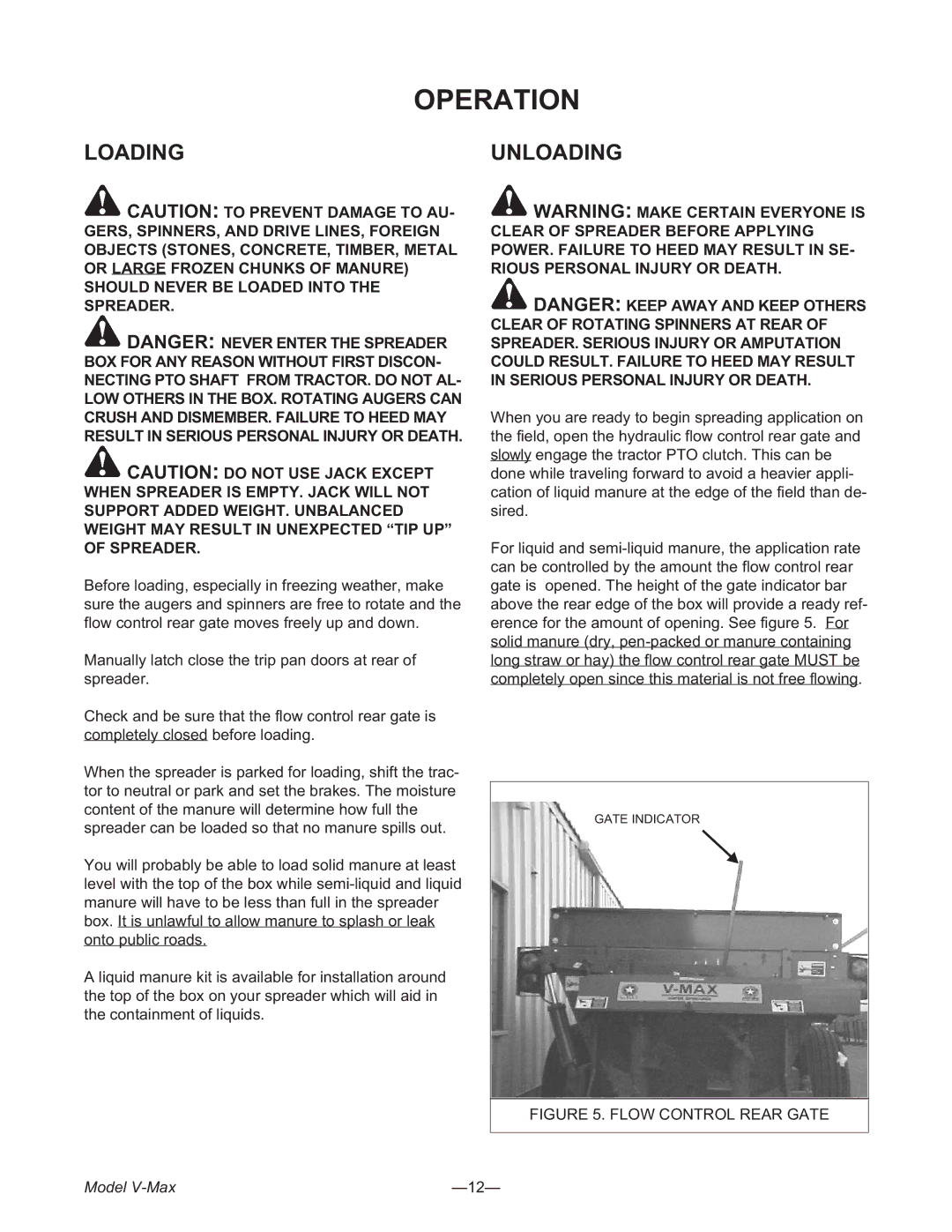3245, 2636, 3954 specifications
Meyer 3954, 2636, and 3245 are notable models that showcase the brand's commitment to innovation, quality, and performance in the industry of advanced machinery and equipment. Each model is designed to cater to specific operational needs while incorporating cutting-edge technologies and user-friendly features.The Meyer 3954 model is engineered primarily for heavy-duty applications, making it ideal for industrial use. This model is equipped with a robust engine that delivers optimal power and efficiency. Its key features include a high payload capacity, advanced hydraulic systems for enhanced lifting capabilities, and modular components that simplify maintenance. Furthermore, the intuitive control interface allows operators to manage tasks with precision, improving productivity and reducing operational downtime.
Moving on to the Meyer 2636, this model is tailored for versatility and agility, making it suitable for both indoor and outdoor applications. The compact design allows for easy maneuverability in tight spaces, while the advanced tracking system ensures stability and safety in various environments. The 2636 model is equipped with energy-efficient technology, significantly reducing operational costs while minimizing the environmental impact. Its user-centric design includes ergonomic controls that promote ease of use for operators.
Lastly, the Meyer 3245 stands out for its advanced technological integrations. This model features smart connectivity options, enabling real-time monitoring and diagnostics through a dedicated mobile application. Operators can access key performance metrics, receive alerts for maintenance needs, and optimize operational efficiency from anywhere. The 3245 also boasts enhanced safety features such as collision avoidance systems and automatic shutoff capabilities, making it one of the safest options in its class.
In conclusion, the Meyer 3954, 2636, and 3245 models exemplify the brand's dedication to delivering high-performance machinery tailored to diverse operational requirements. With their respective strengths, these models integrate advanced features and technologies that cater to both industrial and commercial applications, ensuring efficiency, safety, and reliability. As industries continue to evolve, Meyer remains at the forefront, providing innovative solutions that meet the challenges of modern operations.

